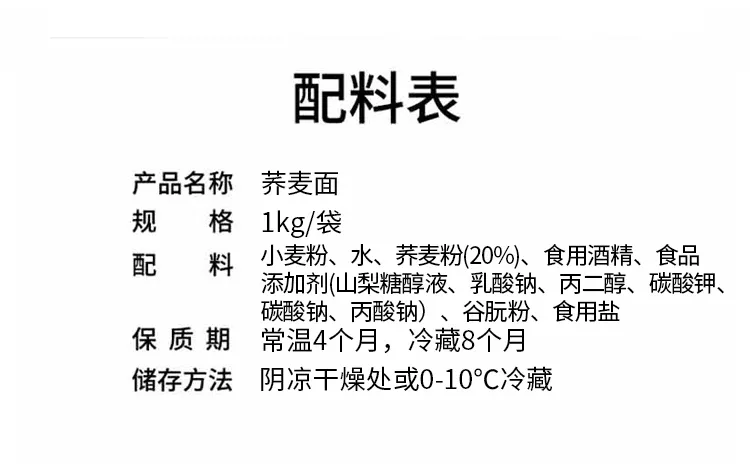soba udon noodles difference
The Difference Between Soba and Udon Noodles
In the vast and flavorful world of Japanese cuisine, noodles hold a special place, with soba and udon being two of the most popular varieties. While they may appear similar at first glance, these two types of noodles are distinct not only in their ingredients but also in their textures, flavors, and culinary applications. Understanding the differences between soba and udon can enhance your appreciation for Japanese dishes and help you make informed choices when dining or cooking at home.
Ingredients and Production
Soba noodles are primarily made from buckwheat flour, which gives them a nutty flavor and a dark, earthy color. Traditional soba may also contain a small amount of wheat flour to improve the texture, but 100% buckwheat soba is increasingly popular, especially among those seeking gluten-free alternatives. The production of soba noodles is an art in itself, as the flour must be kneaded, rolled, and cut with skill to achieve the perfect consistency.
On the other hand, udon noodles are made from wheat flour, water, and salt, resulting in a chewy and smooth texture. Udon is typically thicker than soba, with a width that can vary from about 4 mm to 8 mm. The dough is also kneaded and cut but tends to have a more straightforward production process compared to soba, which requires careful attention to the buckwheat flour’s properties.
Texture and Flavor
The differences in ingredients lead to distinct textures and flavors between the two noodles. Soba noodles are generally firmer and slightly chewy, with a unique taste attributed to the buckwheat. This flavor is often highlighted when soba is served cold, typically with a dipping sauce called tsuyu, or hot in a soup. The nutty and earthy nature of soba pairs beautifully with various ingredients, including green onions, wasabi, and nori (seaweed).
soba udon noodles difference

In contrast, udon noodles are soft and chewy, providing a satisfying mouthfeel. They have a milder flavor profile, which allows them to absorb the taste of the broth or sauce they are served with. Udon is commonly featured in hearty dishes such as udon soup, stir-fries, or served cold with a variety of accompaniments. The broad, flat structure of udon noodles also lends itself well to thicker sauces and broths.
Culinary Applications
Both soba and udon noodles offer versatility in the kitchen, but their culinary applications differ significantly. Soba is often enjoyed cold as a refreshing dish during the hot summer months. A classic preparation involves dipping the cold soba into a chilled dipping sauce and garnishing with chopped green onions, grated daikon, or wasabi. It can also be served hot in a savory broth, making it a comfort food in colder seasons.
Udon, with its hearty and filling nature, is frequently found in soups. A popular dish is kake udon, where the noodles are served in a simple dashi-based broth. Udon can also be stir-fried with vegetables and proteins, creating a satisfying meal that highlights the chewy texture of the noodles. The adaptability of udon means it can take center stage in a variety of dishes, from traditional to modern fusion recipes.
Conclusion
In conclusion, while both soba and udon noodles are beloved staples of Japanese cuisine, they are distinctly different in terms of ingredients, texture, and culinary uses. Soba, with its nutty buckwheat flavor, is a fantastic choice for those looking for a unique and healthy option, particularly when served cold. Udon, on the other hand, provides a comforting and versatile base for many warm and hearty dishes. Whether you are slurping up a hot bowl of udon soup or savoring chilled soba with a tangy sauce, both noodles offer a delightful taste of Japan's rich culinary heritage. Understanding these differences not only enhances your dining experience but also inspires creativity in your own cooking endeavors.
-
Unleash Your Inner Chef with Delectable Italian Pasta CreationsNewsAug.01,2025
-
Savor Health and Flavor: Irresistible Soba Noodles for Sale Await!NewsAug.01,2025
-
Nourish Your Body with Premium Organic Ramen - A Culinary Delight AwaitsNewsAug.01,2025
-
Elevate Your Dishes with Our Exquisite Kinds of Egg NoodlesNewsAug.01,2025
-
Dive into Flavorful Convenience with Our Ramen OfferingsNewsAug.01,2025
-
Discover Exquisite Types of Naengmyeon and Chilled Soba NoodlesNewsAug.01,2025
-
Is Whole Wheat Pasta Healthy?NewsMay.30,2025
Browse qua the following product new the we

















































































































